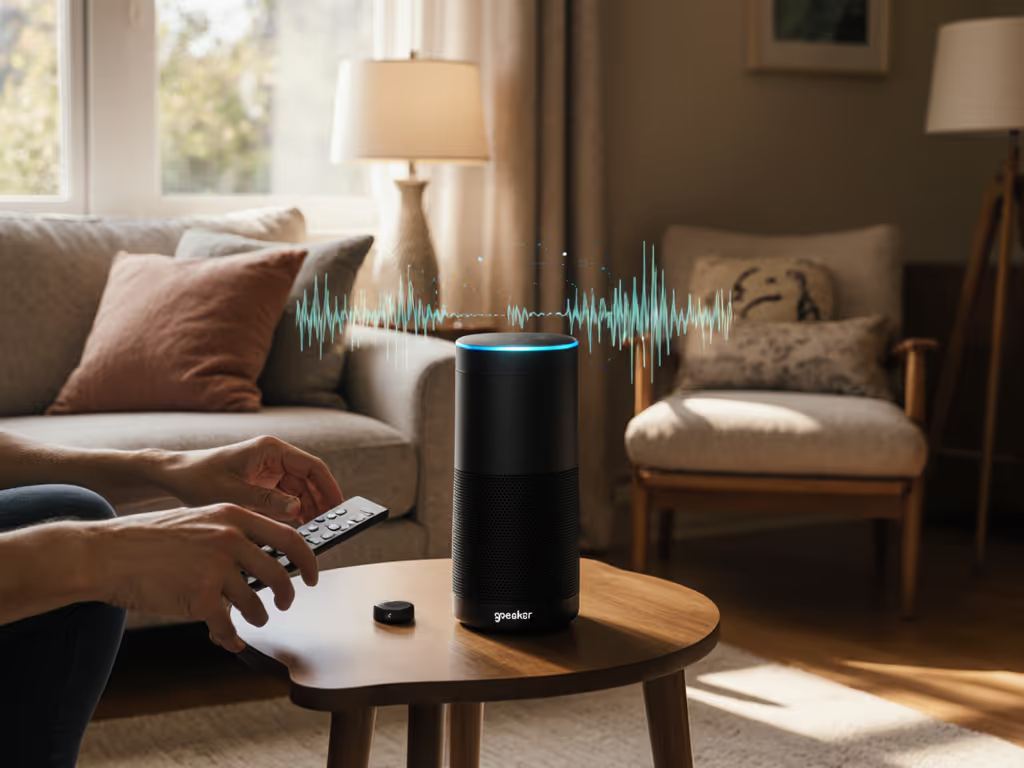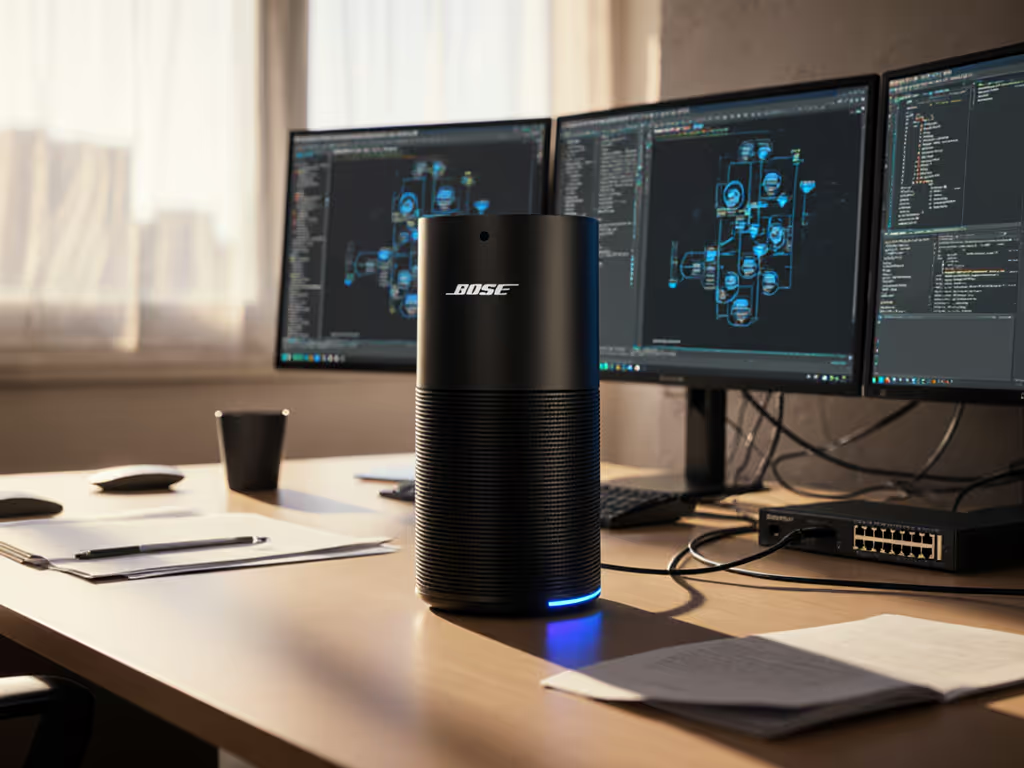
Smart Speaker Language Learning: Reliable Voice Practice FAQ
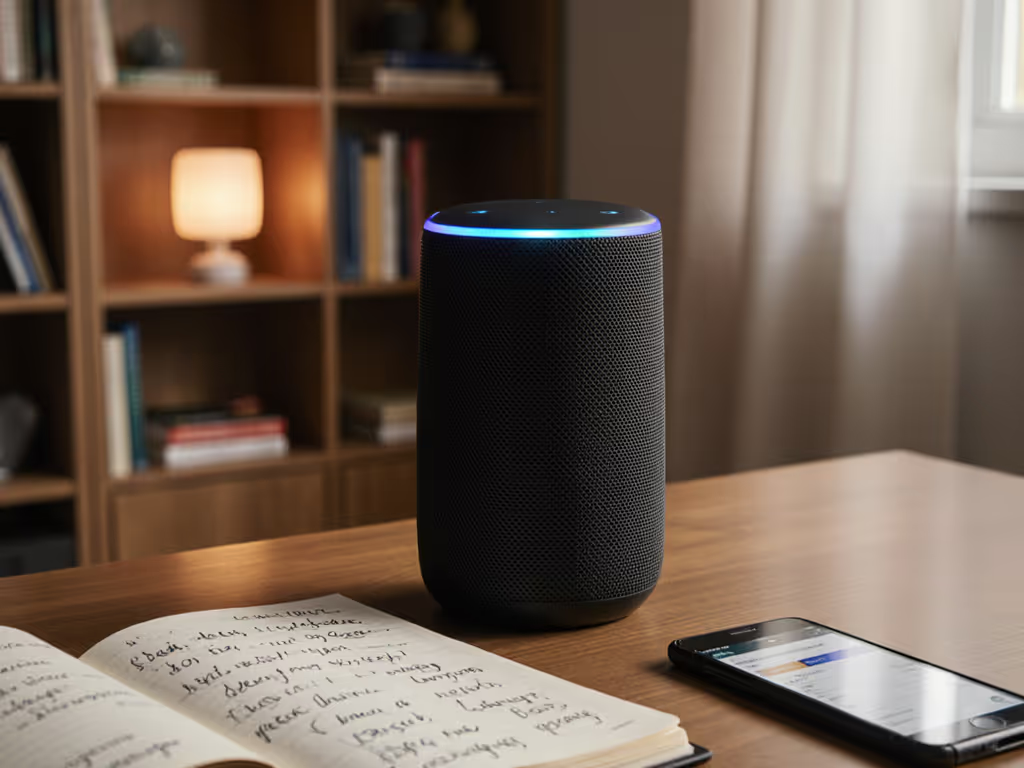
As someone who designs cross-ecosystem home setups that actually work together, I've fielded endless questions about language learning with smart speakers and voice assistant language practice. While the academic research shows promise, like the Frontiers in Psychology study demonstrating measurable improvements in fluency, vocabulary, accuracy, and pronunciation, most implementations fail because they prioritize flashy features over fundamental reliability. Let's cut through the hype with failure-domain thinking.
Why are smart speakers gaining traction for language practice?
Smart speakers offer something rare in language learning: consistent, low-stakes pronunciation practice without social anxiety. The Cardiff University study on children with speech difficulties identified five key mechanisms: spaced learning, immediate feedback, autonomous motivation, reduced social barriers, and increased social interactions. These principles apply equally to adults learning new languages.
Integration beats invention. You don't need specialized hardware, just leverage what you already own with standards-first mapping.
But here's what the research papers don't emphasize: reliability matters more than raw capability. A voice assistant that works 90% of the time creates frustration, not fluency. When a device fails to recognize your "bonjour" because of background noise or poor mic placement, you've lost a critical learning opportunity, and your motivation.
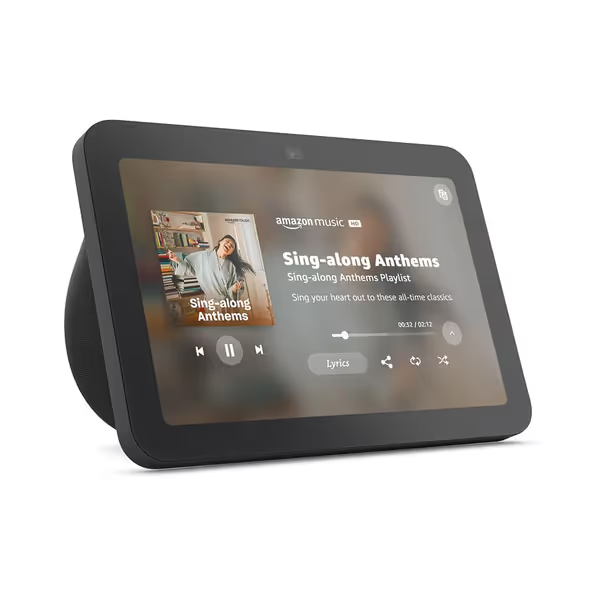
Amazon Echo Show 8 (3rd Gen)
What reliability factors should I consider before using smart speakers for language practice?
Most guides focus on "cool features" while ignoring fundamentals. Start with a plain-English networking preflight:
- Far-field mic performance: Does the speaker hear you consistently from your intended practice distance? (Kitchen speakers need better mics than bedside units)
- Offline capability: Does it process basic commands when your internet drops? True reliability means local processing for core functions.
- Multi-user profiles: Can it distinguish between household members for personalized feedback? Essential for families with multiple language learners.
- Update policy: How long will the manufacturer support voice recognition updates? Avoid devices with <3-year update commitments.
In my early smart home experiments, I learned the hard way that inconsistent voice detection tanks motivation. A weekend spent debugging why my "hola" wasn't registering properly taught me that graceful degradation patterns matter as much as the initial setup.
How do I create repeatable configurations for effective pronunciation practice?
Most users treat language skills as one-off experiments. For real progress, build systematic routines:
- Standardize your interaction model: Choose one command structure (for example, "Assistant, ask [Language] Tutor to correct my pronunciation")
- Map skills to specific rooms: Kitchen for food vocabulary ("Assistant, repeat after me: croissant"), bedroom for morning routines
- Implement fallback protocols: When pronunciation isn't recognized, have it respond with "Try saying it more slowly" rather than failing silently
When configuring your voice assistant's language tools or skills, prioritize those using open speech recognition APIs rather than proprietary black boxes. Some speakers process basic commands locally, a critical reliability feature many overlook.
What standards should I prioritize for voice command language learning?
Skip the marketing fluff and focus on interoperability fundamentals:
- Matter/Thread support: Ensures your speaker stays integrated even if you change ecosystems
- Local API access: Critical for maintaining functionality during internet outages
- Standard audio codecs: AAC or OPUS support ensures clear voice playback
- Multilingual certification: Not just "supports French" but certified for regional accents
The durable setups I build start with these standards, not with specific brands. This approach prevents vendor lock-in and keeps your options open.
Related Articles

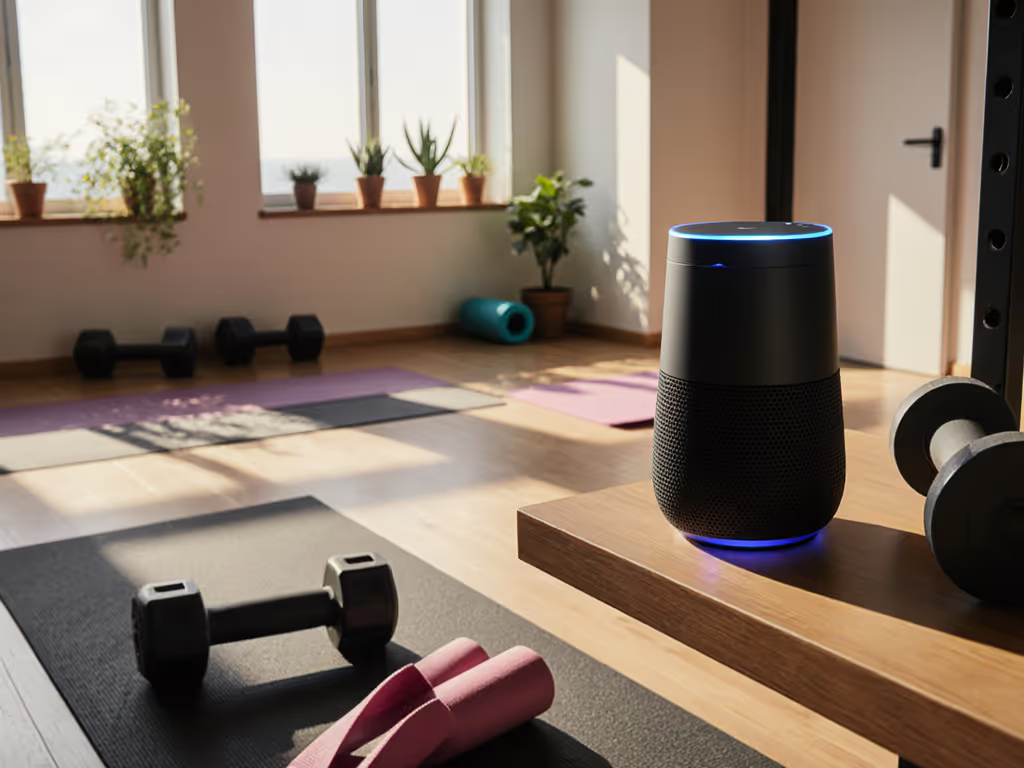
Smart Speaker Fitness Guide: Stop Tech Fragmentation Headaches
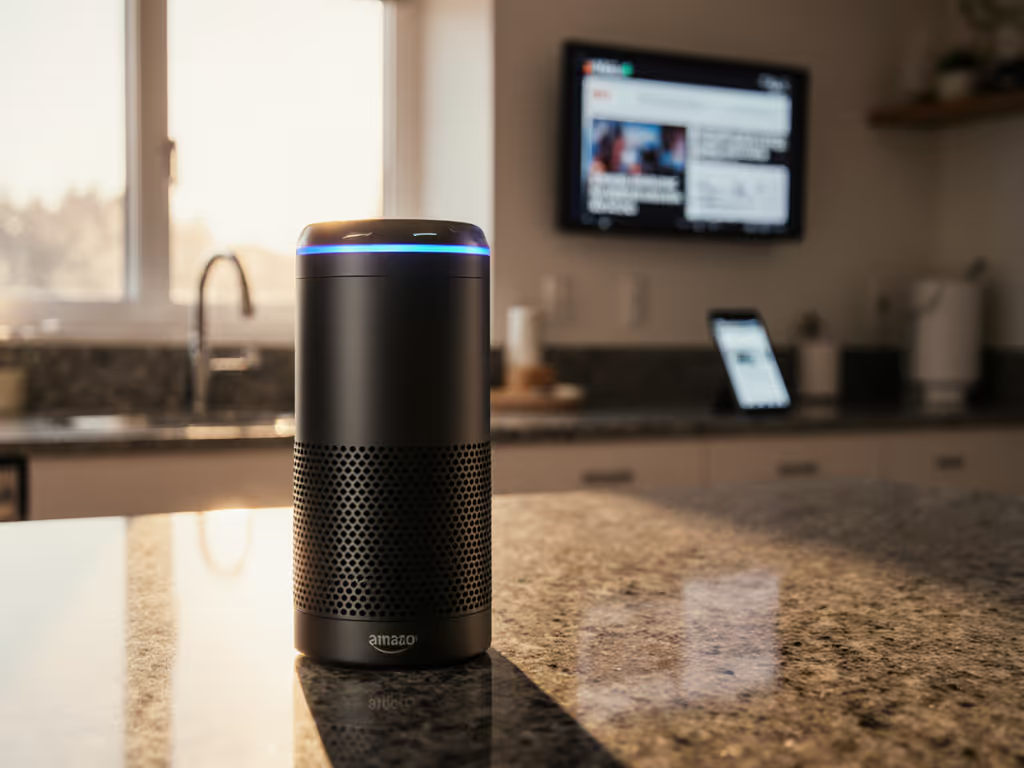
Alexa Flash Briefings: Create Reliable Voice News Updates
